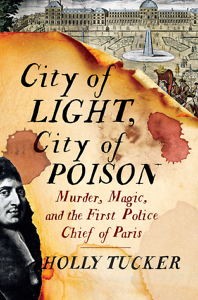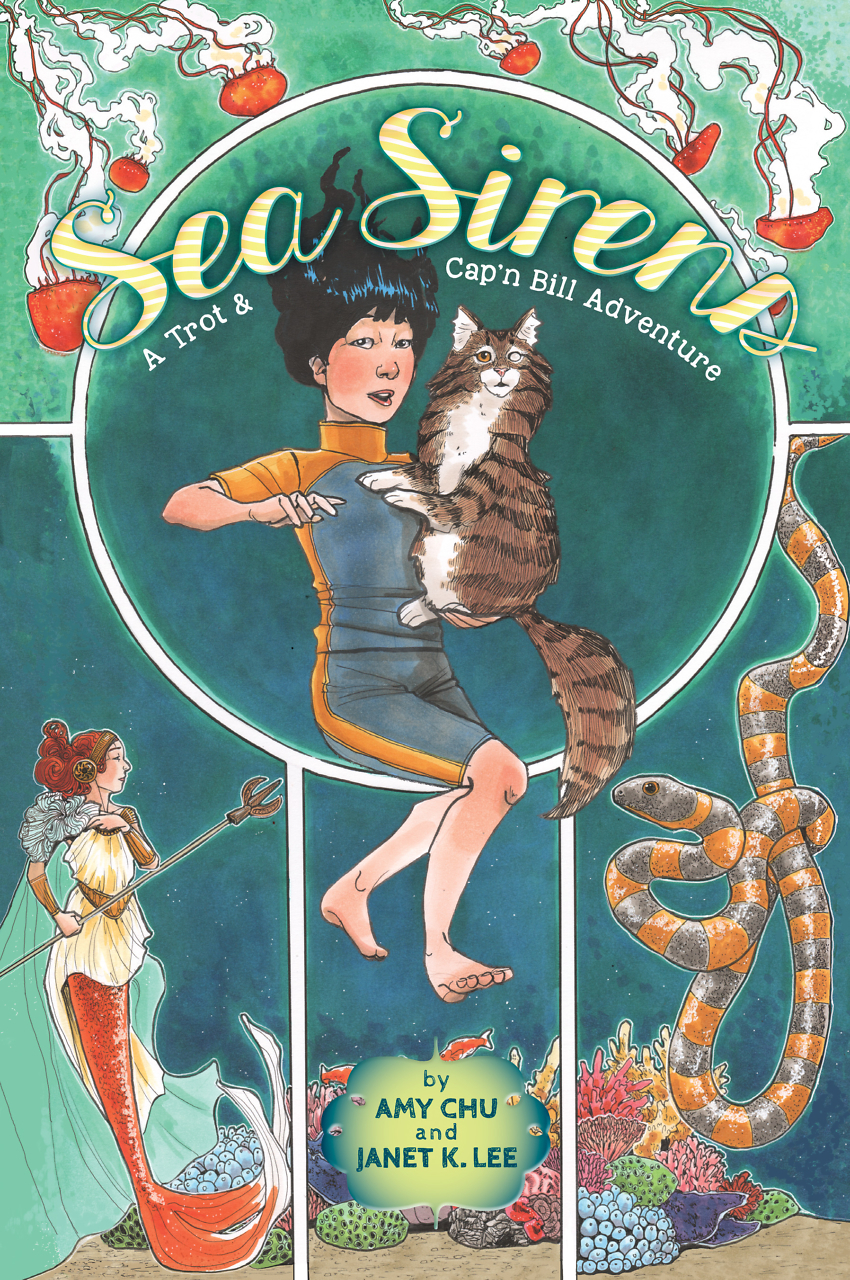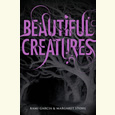Mon Dieu!
Holly Tucker’s City of Light, City of Poison is a nonfiction thriller of Parisian intrigue
 It’s been over five years since Holly Tucker wowed critics and readers with Blood Work: A Tale of Medicine and Murder in the Scientific Revolution. With that carefully researched work of nonfiction, the author, a professor French and bio-medical ethics at Vanderbilt, firmly staked out her territory at the intersection of history and the macabre.
It’s been over five years since Holly Tucker wowed critics and readers with Blood Work: A Tale of Medicine and Murder in the Scientific Revolution. With that carefully researched work of nonfiction, the author, a professor French and bio-medical ethics at Vanderbilt, firmly staked out her territory at the intersection of history and the macabre.
Tucker returns to that intersection—and seventeenth-century Europe—in a new nonfiction narrative with a long title suggesting its dark and twisted path: City of Light, City of Poison: Murder, Magic, and the First Police Chief of Paris. It is the sort of delightfully gruesome tale that Blood Work fans have awaited, a real-life Game of Thrones that combines nefarious stabbings, poisonings, illicit sex, demonism, and unchecked ambition. And that’s just the first three chapters.
As with Blood Work, the story unfolds in Paris in the 1660s—a time when the city was awash in filth and lawlessness, a time when, as Tucker writes, “Parisians had no choice but to trudge through inches of congealed blood” produced by its many slaughterhouses. Violent gangs ruled the streets, unchecked by a corrupt and disorganized police force. The deplorable conditions embarrassed Louis XIV, the celebrated Sun King, and he determined to rectify them by appointing Nicholas de La Reynie, a successful lawyer who had proven himself loyal to the court, to reform Paris—both literally and figuratively.
With a royal mandate as the city’s first police chief, public-works manager, and mayor rolled into one, La Reynie set about cleaning up the streets by forcing citizens to remove the noxious refuse from their own neighborhoods each day. He illuminated the dark corners of the city with 2,736 lanterns, giving birth to its enduring nickname, “City of Light.” And he developed a network of well-placed informers and spies who began to root out an entrenched criminal empire—an empire catering largely to the ambitions and evil desires of the nobility.
Thus the stage was set for a decades-long battle between La Reynie, Tucker’s protagonist, and a fantastic rogue’s gallery of antagonists that would not seem out of place in DC Comics: among them is the “sorcerer” Lesage, a con man who claimed to commune with the devil and could arrange anything for a price, and Catherine Voison, a ruthless purveyor of poisons and abortions who ruled the Montorgueil quarter, the “most impoverished and forsaken place in Paris.” These two, of course, became lovers and partners in crime. One of those brought into their dark circle was Marie Bosse, a fortune teller with connections to the nobility who served as a central figure in what became known as “The Affair of the Poisons.”
 La Reynie’s efforts to rid the city of crime became more than a battle against underworld villains as he navigated a political landscape more deadly than any Paris alleyway. The crimes he discovered were inexorably linked with the rich and powerful, reaching all the way to the king and his many competing mistresses: La Reynie’s enemies were not only the murderers he sought to imprison but also some of the highest advisors to the throne. In telling this story, Tucker deftly unravels the secrecy and intrigue amid scenes that read like the best historical fiction.
La Reynie’s efforts to rid the city of crime became more than a battle against underworld villains as he navigated a political landscape more deadly than any Paris alleyway. The crimes he discovered were inexorably linked with the rich and powerful, reaching all the way to the king and his many competing mistresses: La Reynie’s enemies were not only the murderers he sought to imprison but also some of the highest advisors to the throne. In telling this story, Tucker deftly unravels the secrecy and intrigue amid scenes that read like the best historical fiction.
Here, for example, is Bosse entering the notorious Château of Vincennes after her arrest:
Once inside and in the company of more soldiers, the portly Bosse labored up a set of dark, twisting stone stairs. Her breath made white puffs in the cold air as she panted with every step. … The metal door groaned as it shut behind her. Knowing that there was no chance of escape, she took inventory of her new surroundings.
A battered mattress sat askew on the stone floor of the small, hexagonal room. Medieval archery slits in the walls let slivers of light into the cell, illuminating swashes of indigo-blue and burgundy-red paint, traces of the royal past of the three-hundred-year-old tower. Now the walls were covered mostly in graffiti by the room’s former inhabitants: hash marks counting the days, pleas to God asking for release from suffering, and obscenity-laden missives directed against the wardens.
Yet even such seemingly imaginative details remain firmly anchored by Tucker’s research: an author’s note promises that she has “attributed no words, thoughts, motivations or actions for which there is not documentation.” This documentation is listed in extensive endnotes and a thorough bibliography, tucked, along with a useful timeline, into the back of the book, where they do not interfere with the increasingly suspenseful central narrative.
The book’s richest documentation may be La Reynie’s secret journal of “The Affair of the Poisons,” prepared for the king’s eyes only, and burned by the aging Louis XIV with great flourish in a Versailles fireplace in 1709. The manner in which the account survived is one of many plot twists that make City of Light, City of Poison an unforgettable read—and Nicholas de La Reynie a detective for the ages.
[Click here to read an excerpt from City of Light, City of Poison.]

Michael Ray Taylor teaches journalism at Henderson State University in Arkadelphia, Arkansas. He is the author of several books of nonfiction and coauthor of a textbook, Creating Comics as Journalism, Memoir and Nonfiction.


